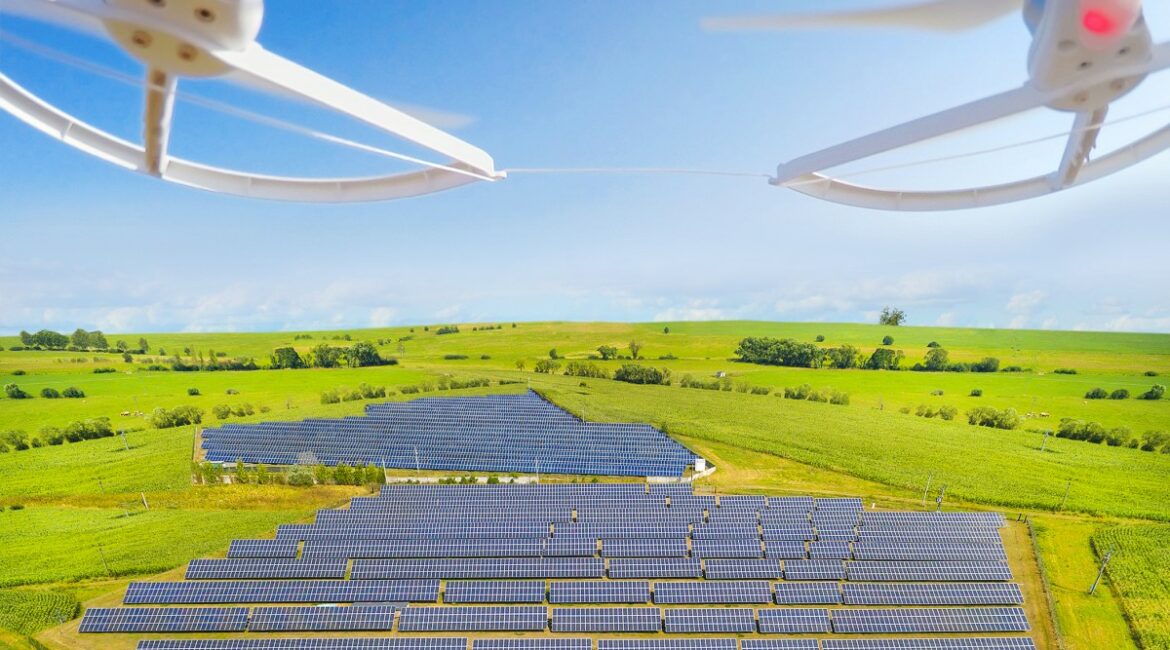Gartner’s latest figures on the drone market have been picked up by media and influencers alike. The drone market is definitely getting bigger than ever, but the real question is exactly which segment is growing fast. While actual data and analysis are behind the paywall, by looking back to what has been going on in the drone market, it is possible to make sense of the insights hidden within the news release.
At a compound annual growth rate (CAGR) of 12.5%, the worldwide commercial drones’ market is anticipated to increase from $ 1.58 billion in 2021 to $ 1.78 billion in 2022. At a CAGR of 11.4%, the market is anticipated to reach $2.74 billion in 2026. Specifically, it is the industrial inspection segment that is growing the most, dominating with 30% of the commercial drone market in 2020. The revenue of commercial drones is higher because of not only expensive hardware, but also the economical nature of software, which exhibits increasing return. A commercial drone unit is often offered as part of a solution, in which the “commercial” functionalities are only enabled with advanced and precise flight planning and analytics tools.
Delivery drones are buzzing loud but not yet in reality, due to technical issues and dubious return. Agricultural drones have been ascending since the 1980s but are getting slow, because the cost is too much to bear. Analysts at Gartner suggest that the industrial inspection segment “[has] been much more successful, primarily in oil and gas, energy, infrastructure and transportation.” Gartner notes that current regulations has been playing a contributing role. Drones are not flying at an altitude high enough to challenge current drone regulations, like that in the US and the UK, which very often limit drones to be at most 400 feet above ground. It is no wonder that Airware, an aerial data management solution provider which specializes in the construction, mining and quarrying industries, has recently caught even the eye of Caterpillar as an investor and partner in distribution.
Other than relatively forgiving legal environment, it must be noted that technology is also advancing so much that, according to Gerald Van Hoy, senior research analyst at Gartner, “personal drone vendors are now aggressively trying to position themselves in the commercial market.” The most notable example is definitely 3D Robotics’s Site Scan, in which Solo units, the monument of the brand’s failed effort in consumer market, are repurposed as aerial survey tools, thanks to Autodesk software. Capable consumer drones will find their way into the commercial market with offerings from third party services providers. A company may purchase a high-end consumer drone, and complement it with a subscription to DroneDeploy. An experienced user may become an affiliated pilot at DroneBase, and make money by collecting images and data for businesses with their own drones. Considered how it accelerates an all-round development of the drone ecosystem, it makes so much sense that the first investment recipient of DJI’s SkyFund is DroneBase.





